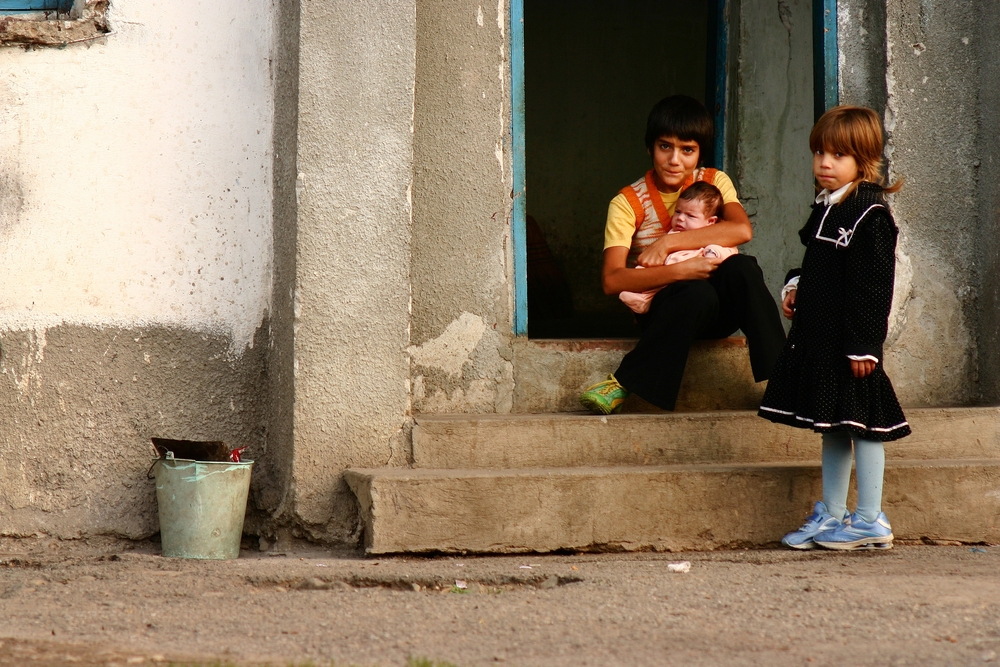Between 2015 and 2022, the labor market situation of Roma has steadily improved in parallel with that of the non-Roma population, interrupted only by the epidemic, new data from Hungary’s statistical office (KSH) shows.
However, the relative performance of Roma did not improve by much, with the difference in employment rates of the Roma and non-Roma population ranging from 24 to 28 percentage points, where it stood in 2022, since 2015.
For reference, the Roma employment rate in 2022 was 42.7 percent (47.3 percent including public sector jobs) and 75 percent (75.3 percent including public sector jobs) for non-Roma. More work needs to be done to get Roma into private-sector, higher-paying, and more secure employment.
Part of the problem is the level of education. Nearly four-fifths of Roma have at most a basic education, compared to less than one-fifth of non-Roma. This means that they are not only less present in the workforce but also half of the employed Roma do simple, unskilled work.
The unemployment rate of Roma did decrease from 27.8 percent in 2015 to 16.7 percent in 2019, although it then hit 17.6 percent in 2022.
Men vs. women
Roma also suffer a wider wage gap than non-Roma. Contributing to this undoubtedly is that Roma women have a larger number of children than non-Roma families. Thus, in 2022, 58.9 percent of Roma men aged 15-64 were employed, compared to only 35.8 percent of women.
Professional qualification
More than 64 percent of Roma youth aged 18-24 dropped out of school early in 2022, and statistics show that very few Roma in general obtain any sort of professional qualification.
Because of this, the proportion of Roma neither studying nor working (NEET rate) is more than four times that of non-Roma.
In 2022, 16.9 percent of employed Roma declared themselves to be employed in the low-skill public sector versus 40.9 percent in 2015. Also, every third employed Roma worked with a fixed-term contract in 2022, while in the case of non-Roma, this figure did not even reach 5 percent.
All in all, between 2015 and 2022 the proportion of 18-59-year-olds living in a household without anyone employed decreased by 10 percentage points for Roma. However, this rate still stood at 18.8 percent, far above the 5 percent reported for non-Roma.
Geographical disadvantage
Location is also a factor. KSH noted a significant number of Roma live in areas of the country with an unfavorable labor market and/or in villages characterized by poor transportation; the latter not only suffer from few local jobs but also have no meaningful job possibilities within commuting distance.
In 2022, the vast majority of the Roma population, 35.9 percent, lived in Northern Hungary, while the fewest of them lived in Western Transdanubia.
Recent surveys show that Roma constitutes 7 percent to close to 9 percent of Hungary’s total population, not an insignificant number, and thus why the government has been dedicated to mobilizing those eligible to work.
Hungary’s only Roma female (former) MEP, Lívia Járóka, said last year that Europe would be poorer without its Roma citizens.






